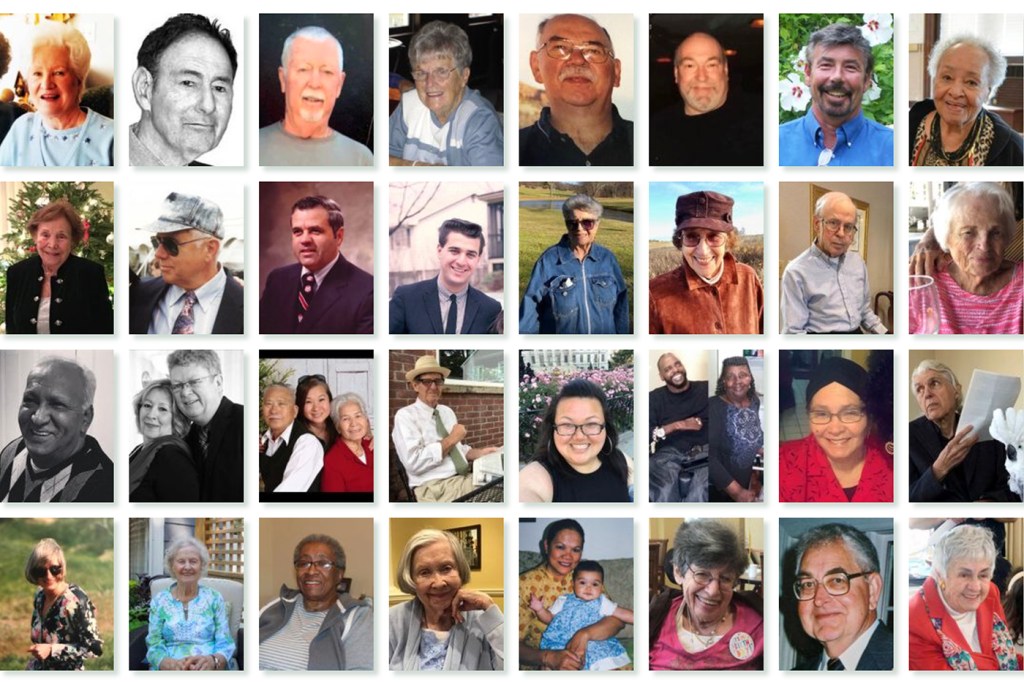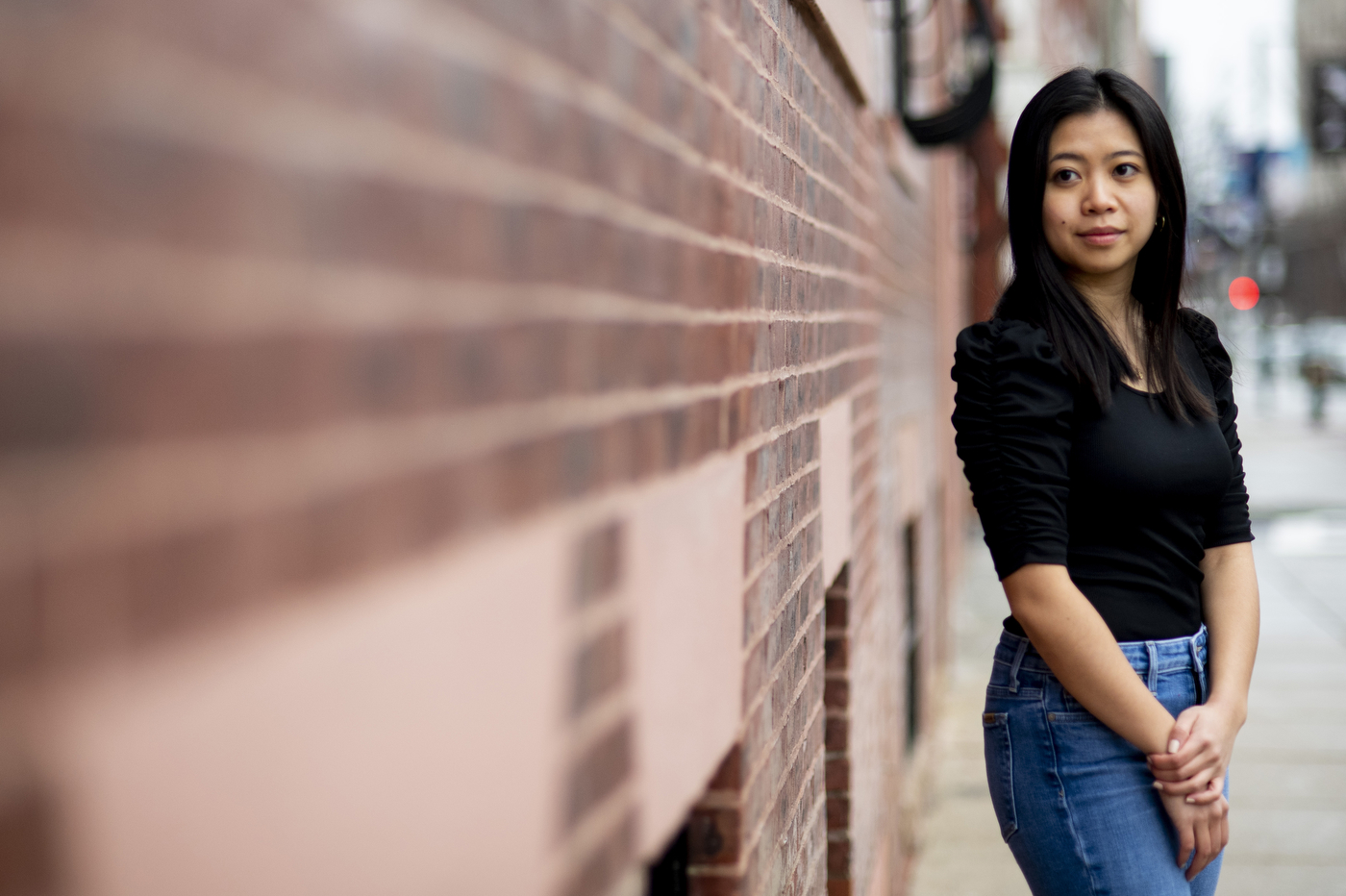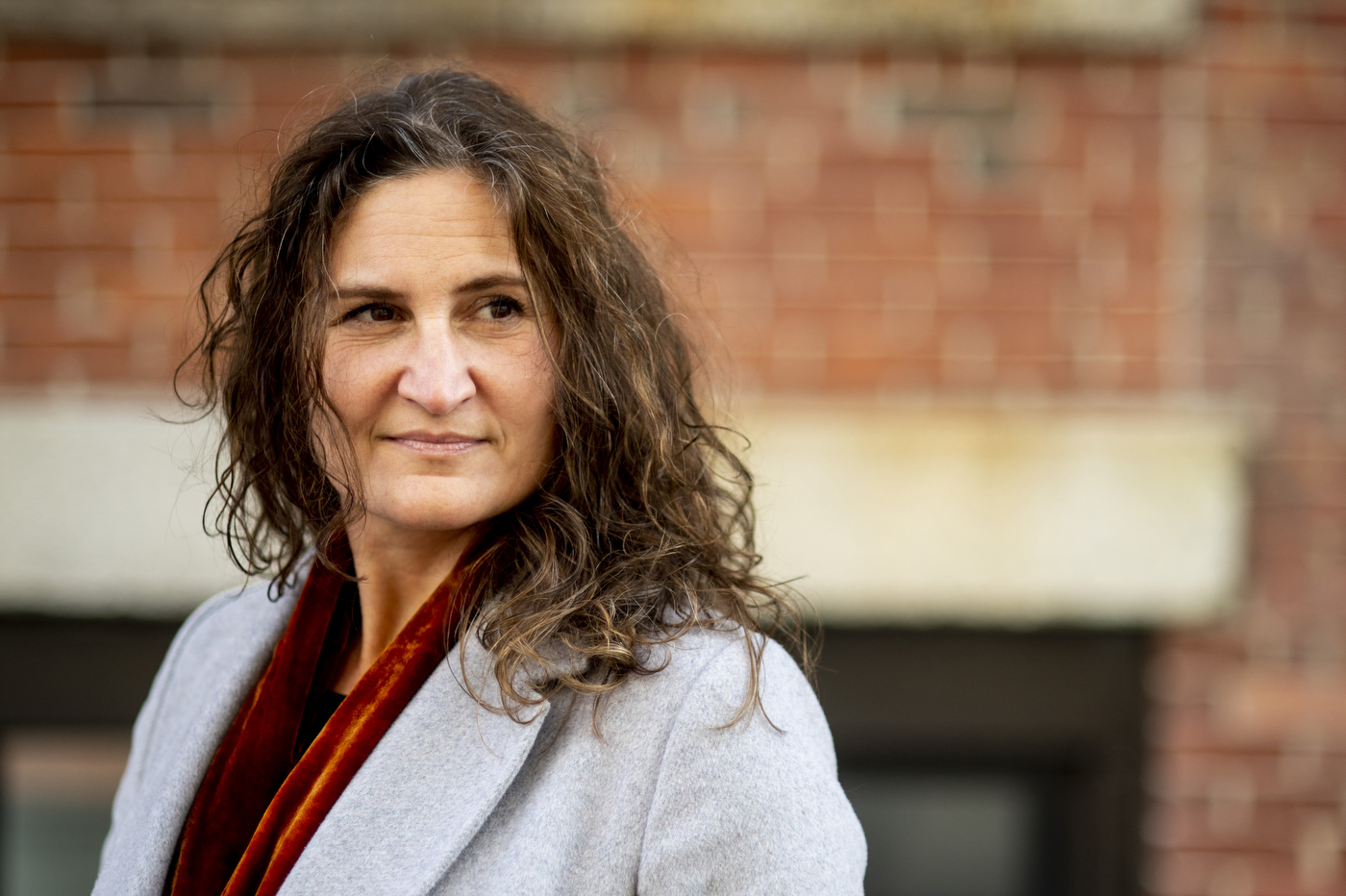These Northeastern students made sure that COVID-19 victims’ stories were told in the Boston Globe

Like a macabre odometer that won’t stop spinning, the U.S. death toll from the coronavirus steadily ticks upward, day after day, reducing the deceased to a mere statistic. Attempting to bring human faces to these cold numbers, a team of Northeastern journalism students are chronicling the lost lives of these moms, dads, sisters, and uncles—and, in the process, are learning a lot about themselves.
“Every time I look at the coronavirus statistics, I remember that these numbers are not just numbers; They are people,” says Sharmila Kuthunur, one of several student journalists who took part in a class writing assignment to capture the spirit of the mostly elderly people who died—often alone and without family and friends by their side—from the coronavirus. The elegies are then published in The Boston Globe.


One of the deceased was William Aldrich, who died at 84 earlier this year. Kuthunur captured him in these words:
He often puttered around his house, his handy toolbox in tow, finding things to fix and projects to take on.
One Christmas, not only did he build a large wooden dollhouse, but he also furnished its rooms with miniature beds, tables and chairs, and hung tiny frames of family photos on its walls. He presented the completed dollhouse to his daughter as a gift from Santa Claus.
Kuthunur says it was a challenge to sum up a life in 600 words, but she remains grateful to the Aldrich family for sharing the many details that helped her do her job. “I got to know this person through his family’s eyes and experiences,” says the graduate student.

“These are the sorts of moments and details that we want to try to capture,” says Carlene Hempel, a teaching professor in the School of Journalism, of the personalized elegies. Photo by Ruby Wallau/Northeastern University
She likes the fact that the Globe makes it a point to concentrate on the little things that made the deceased who they were, rather than focusing on how they died.
“If you look at the published elegies, not one mentions COVID-19 in detail. The focus is always on the lives they lived,” she points out.
An elegy is different in substance and form to the more common obituary, explains Carlene Hempel, a former reporter turned teaching professor in Northeastern’s journalism department. “They try to capture an aspect of the victim’s life as opposed to an obituary, which is sort of a review of the totality of their life,” she says.
Hempel connected over Zoom in the summer with Roy Greene, the Globe’s assistant news editor and its former obituary editor. He says the paper started doing the elegies in the spring with its own staff before an infection surge forced the paper to deploy reporters to other stories, resulting in the elegy project losing steam.
Ensuing conversations between Globe staff, assistant professor of journalism Meg Heckman, and other Northeastern faculty resulted in a go-forward plan to resurrect a database of victims created by the paper. The daily gave journalism professors access to it, and the students took it from there.
When the project first began, the death toll in Massachusetts (almost all of the dead lived in the state) from the virus was around 9,000, Hempel says. Months later it was up to about 10,000. “The Globe will never get to write about 10,000 people,” she says. “The idea was to eulogize as many as possible.”
That includes people of color, Greene adds. “They are predominantly affected by COVID-19, so we’re trying to make that a priority.”
Northeastern journalism students, as well as faculty, will have penned about 100 elegies in all, says Hempel. More than 30 of them have been posted to the Globe’s elegies landing page while slightly fewer have made it into the paper’s print version. Not all will make it into print because of competing space for other stories, says Greene.
Still, the project has been such a success that plans are already in place to continue the elegies in the spring semester, he adds.
The writing assignment brought family members’ raw emotions to the surface, something for which students weren’t prepared. Some of the surviving kin were quite upset at how their relatives died alone in nursing homes and hospitals. “The anguish and the bitterness and the resentment spilled over into some of these conversations,” Hempel recalls.
Other relatives, however, have been thrilled to talk, says Kelly Chan, a second-year student pursuing a journalism degree with a photojournalism minor. She spoke with the families of two women who died in their late 80s. Chan eulogized one of them in the following lines:
Lillian “Lita” Siagel’s career was focused on floral design, but she found beauty in everything she did.
“She painted her alpine boots pink 40 years ago,” said Errin Siagel, Lita’s youngest son. “She painted the toilet seat in our house when I was 5. She glued rhinestones on her sunglasses. She was just one of these crazy artistic people.”
Chan’s other elegy opened with this introduction:
Lieselotte Serven was stunning, her daughter, Evelyn Rezendes, recalled. She was known for impeccable taste, with matching clothes and jewelry, painted nails, and a perfect hairdo.
“Anyone who knew my mother knew that she never had a hair out of place. She always looked beautiful,” Evelyn said. “As a child growing up, my mother went every week to get her hair done. Every single week.”
The conversations were as cathartic for Chan as they were for the families because they caused her to re-examine what was most important. The talk with Serven’s daughter “made me rethink my relationship with my parents and rethink how I should lead my life,” the New Jersey native says.
For Kuthunur, the other journalism student, family is a 17-hour flight away in India. “Sometimes, I wish I were closer so that I could visit them more often,” the Boston-based Kuthunur says. Missing those in her inner circle allowed her to approach the elegy assignment with greater empathy, she says.
It is worth noting that many of the students, as accomplished writers as they may be, are only in their late teens, and were suddenly thrust into real-world reporting, which can get messy at times, says Hempel.
“Every single one of them rose to the occasion,” she says. “They put forth not only an amazing piece of journalism, but an amazing tribute.”
Hempel fondly recalls the little details of her own grandmother’s life, from her singing voice to the Italian meals around the dinner table on Sundays. “These are the things that carry on through life,” she says. “These are the sorts of moments and details that we want to try to capture.”
For media inquiries, please contact media@northeastern.edu.





